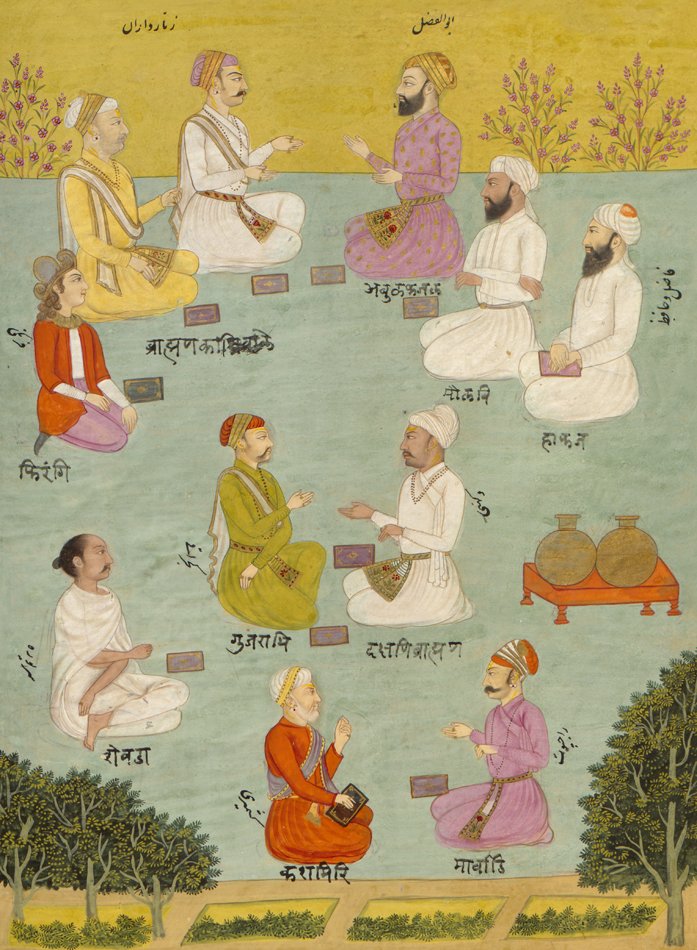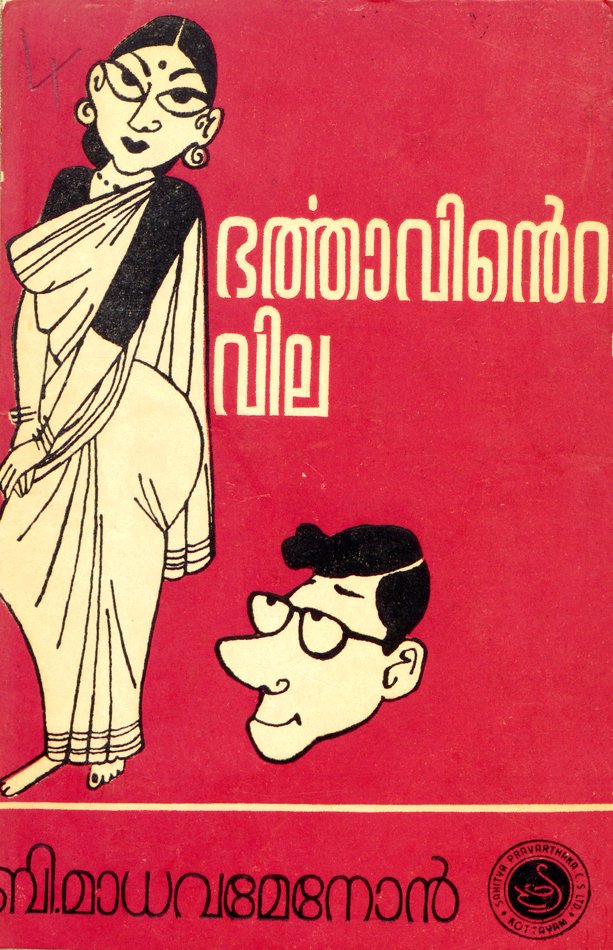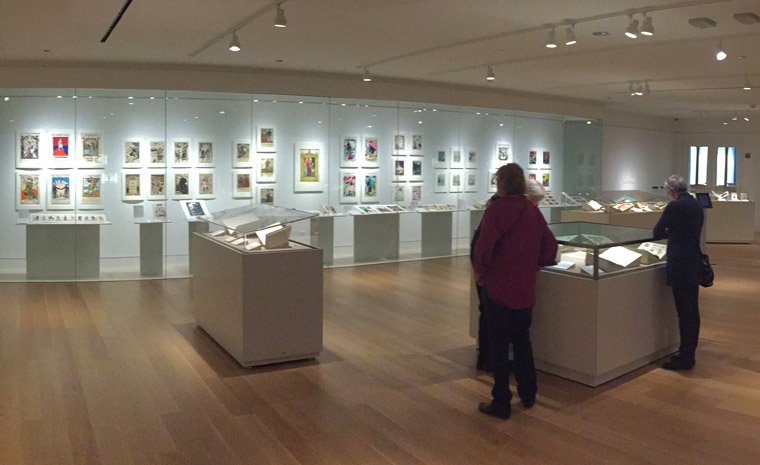Covering Modernity
The decades following Indian Independence in 1947 were a period of vibrant cultural and literary activity, in which the young Indian nation sought to define itself. Sustained by a growing middle-class readership, literature became a primary site of reflection on Indian modernity. The novel, in particular, explored themes of identity, individual freedom, equality, and the status of women.
The novels and short story collections on display are from the 1960s, a decade that saw the rise of Indira Gandhi as India's first female Prime Minister. As Indian women consolidated their place in the nation's public, political, and economic life, the constitutional promise of equality was often not matched by reality. The novels depict women's ongoing struggle against oppressive patriarchal structures and for a self-determined life. Reflecting a contemporary hybrid aesthetic, their covers feature prototypes of the new Indian woman, as she walks the line between tradition and modernity. While referencing traditional motifs, the covers project images of an independent, assertive, and seductive femininity against a backdrop of shifting gender roles.
Cover design had become a well established and flourishing commercial art by the 1960s, a decade marked by bold experiments and innovations in graphic design. Book covers were often inspired by European models and fused Indian and Western elements, a result of India's greater engagement with the international art scene. The most famous cover design artists, among them future film director Satyajit Ray, worked creatively and successfully across various media: in advertising, book illustration, and film poster design.
Representing ten different languages, the items on display also metaphorically cover the Regenstein Library's vast and diverse collection of literature in modern South Asian languages other than English, comprising more than 300,000 volumes.











